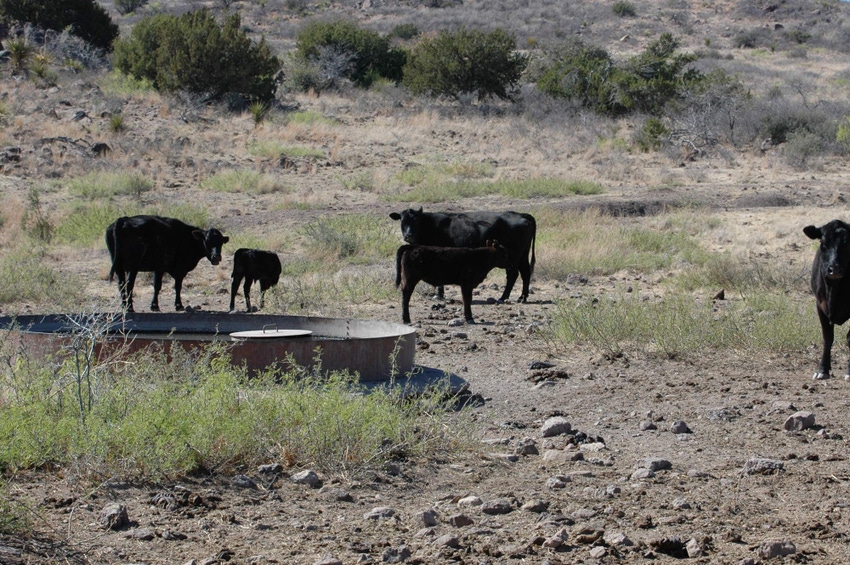The fact that consumers want to know more about their food is a trend that isn’t going away. Here’s how ranchers play a role.
July 1, 2017

Source: Lallemand Animal Nutrition
“Consumers are counting on us to deliver food that is safe,” says H. Nielsen, DVM, Technical Service – Ruminant, Lallemand Animal Nutrition. “The first line of defense is the farm or ranch. In many cases, food safety practices are things cattle producers are already doing. Yet, the industry as a whole may not be as successful with other food-safety interventions if these practices aren’t implemented correctly first.”
According to the Beef Industry Food Safety Council (BIFSCo), the key components of first-tier food safety programs includes providing cattle:
Clean feed
Clean water
Appropriately drained and maintained environments
Relative freedom from pests, such as biting insects
Specific guidance on principle-based animal husbandry practices, like these, are outlined in the Beef Quality Assurance (BQA) program. Nielsen encourages all producers to become BQA certified.
Once these practices are consistently in place, producers can include other strategies such as feeding a probiotic, or direct-fed microbial (DFM), to help control the prevalence of Escherichia coli — one of the main food safety threats. The probiotic strain Lactobacillus acidophilus BT-1386 is listed as a pre-harvest production best practices (PBP) by the BIFSCo, based on peer-reviewed literature available to support its effectiveness against E. coli O157:H7 when fed at 1 x 109 colony-forming units (CFU), or 0.05 grams, per head per day.
PBP documents are developed by subcommittees within BIFSCo, which is an organization that brings together representatives from all segments of the beef industry to develop industry-wide, science-based strategies to solve the problem of E. coli O157:H7 and other foodborne pathogens in beef.
In fact, cattle fed L. acidophilus BT-1386 also showed a 4.2% improvement in feed conversion and a 3.06 percent improvement in average daily gain (ADG) compared to controls.
“It’s a win-win when producers can improve the herd’s efficiency and safeguard consumer confidence at the same time,” Nielsen says. “There is no one silver bullet that completely controls foodborne pathogens. It will take adoption of best practices at every level of the food supply.”
You May Also Like



